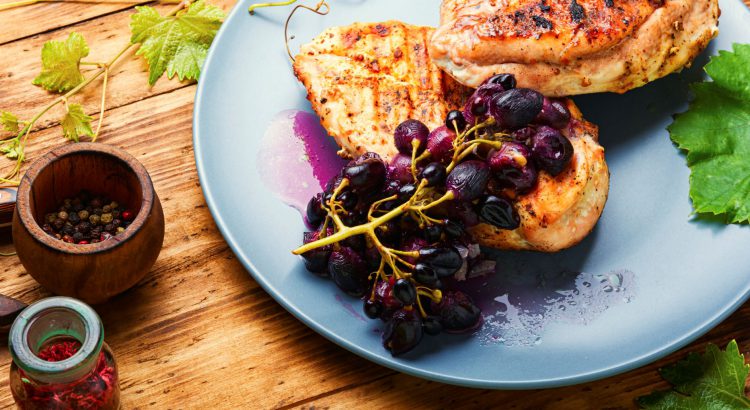Grape season is here! A choice fruit for late summer, grapes are full of powerful antioxidants. Many of us are familiar with the study that came out years ago that left the media presenting the suggestion that we should drink one glass of red wine a day for our heart health. This is because the powerful antioxidant resveratrol has been shown to help prevent damage to blood vessels and reduce out “bad” cholesterol, known as LDL. However, alcohol is considered a toxin and can be damaging to our health. So how do we get resveratrol in our diet without red wine? Grapes. You can also find it in other fruits, such as blueberries and blackberries. Grapes are a common snack, but most people don’t use them in their cooking. This recipe is a unique sweet and savory way to cook with grapes and get some heart-healthy antioxidants in your system!
Tag: healthy
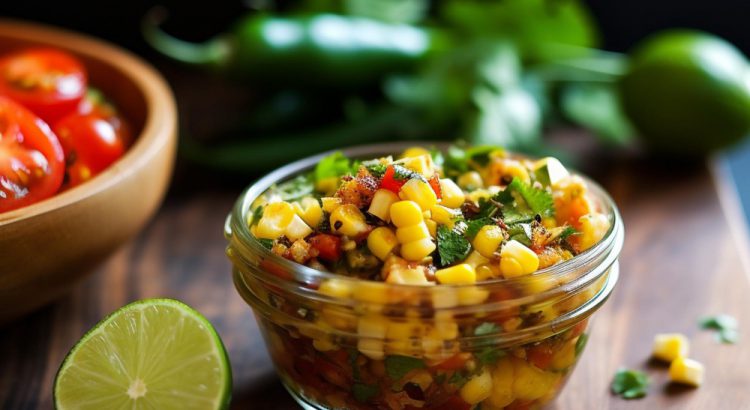
Corn Salad
Corn gets a bad reputation for spiking blood sugar, but there are benefits to this misunderstood starchy vegetable. Corn is a good source of fiber, which can actually help reduce an extreme fluctuation in blood sugar. This recipe has extra fiber added through the additional veggies, and the protein from the cottage cheese can also help reduce blood sugar spikes. Corn is also a good source of nutrients, such as zeaxanthin and lutein, which are carotenoids that may help improve eye health.
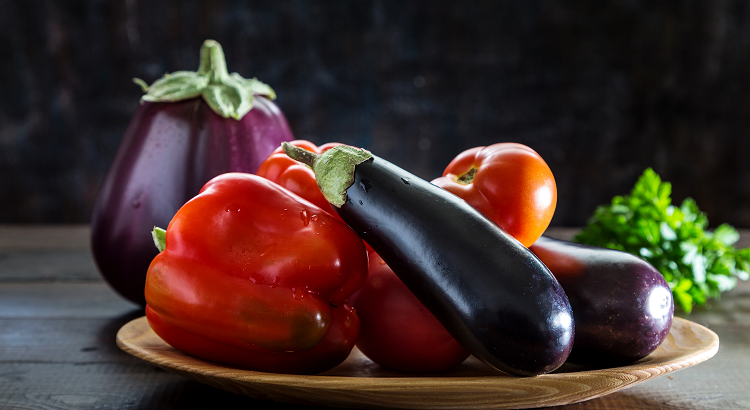
Zacusca (Eggplant Pepper Spread)
Eggplant may be a challenging vegetable for many to cook. It doesn’t have a ton of flavor on its own, but it does a great job of soaking up the flavors of other things. Think of eggplant as a flavor sponge. This is one of the reasons you’ll see it baked or grilled as a cooking method, because it soaks up all that deep smoky flavor. An eggplant is mostly water, so it doesn’t have much caloric value. While it’s not very nutritionally dense as far as vitamins and minerals, it does have a decent amount of fiber and is rich in phytochemicals, such as anthocyanins, which are powerful antioxidants. These are particularly dense in the skin of the eggplant.
Traditionally, zacusca recipes remove the skin from the eggplant, but if you’re using a food processor, the skins will break down into the spread. Just give them a rough chop first. Alternatively, you can stuff your leftover skins like you would a stuffed cabbage. Then if you topped that off with the zacsuca, what a meal that would make!
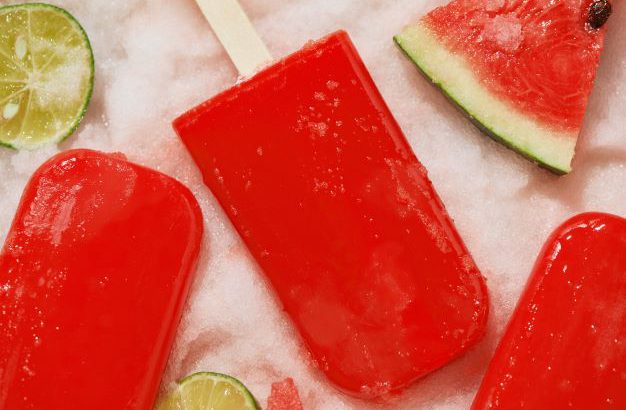
No Sugar Added Watermelon Ice Pops
We all love an icy-sweet treat in the end-of-summer heat, but balancing our sugar intake with healthy foods can be a challenge. Here is your answer: fruits! There’s been a rumor going around that we need to limit our fruit intake because of the all the sugar found in fruit. This is not true.
Although fruits have naturally occurring sugars, they also contain a ton of other things that are beneficial to our health, such as vitamins, minerals, fiber and antioxidant phytochemicals. Added sugar is the real culprit we want to watch out for, as it comes with the same energy punch, but lacks all the other nutritional benefits that fruit has—and it’s more likely to cause a spike in blood sugar.
Added sugars are also sneaky; they aren’t just in sweets. You can find them in savory things like salad dressing, soups, pasta sauces, breads and crackers. So always check your food label. The daily limit for added sugar is a about 6 teaspoons (24g) for women and 9 teaspoons (36g) for men, while children 2 years of age and older should stay below 6 teaspoons of added sugar, and children under two should avoid it as much as possible (excluding infant formula.)
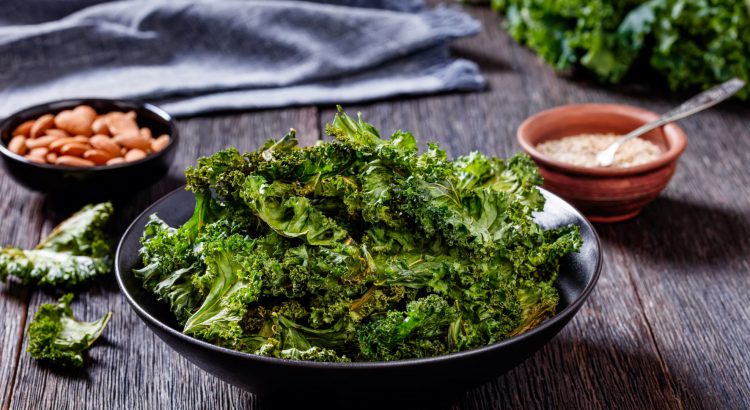
Crunchy Parmesan Kale Salad
It’s easy to get stuck in the same old salad routine. It’s time to add some pizzaz to your greens with this crunchy, cheesy kale salad recipe. Kale can be difficult for some people to introduce into their diet. It’s high fiber, which is great for your health, but it’s difficult to chew; it also has a strong, bitter taste. This recipe calls for a technique called massaging. It’s exactly how it sounds. With clean hands, squeeze and squish the kale with your dressing. This does two things. One is that manually squeezing physically helps to break the fiber in the leaves, making the kale more tender. The acidity of the dressing will also help with this. The crushing also impacts the flavor, making the kale less bitter while maintaining its nutrition. You can use this technique on all sorts of bitter greens in your salad. Try this technique with arugula, mustard greens, chard or collards.
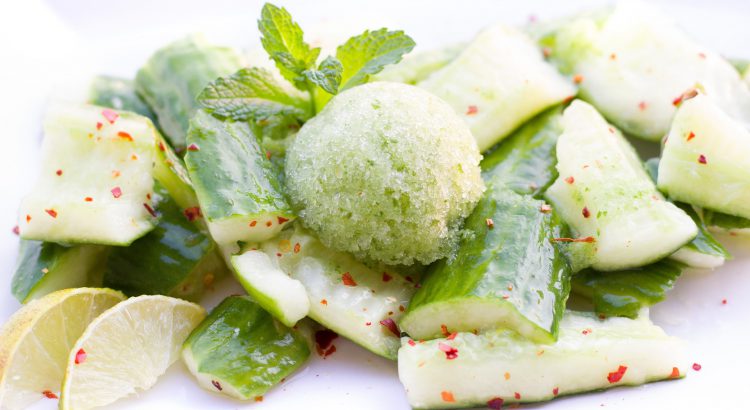
Cucumber Sorbet
Vegetables for dessert?! It’s not as unusual as it sounds. It’s likely you’ve had carrot cake or zucchini bread before. Finding unique ways to prepare vegetables is vital for maintaining interest in what we eat. When relying on the same few recipes, it’s not uncommon to get bored, and then those veggies fall out of favor.
Many desserts include nutrient-rich vegetables such as black bean brownies, chocolate beet cake, sweet potato pie, pumpkin muffins or a rhubarb tart. You may notice that most of these desserts are baked goods, making this cucumber sorbet recipe stand out. It’s cool and refreshing, a perfect way to end a hot summer day — and a way to get a little extra veg in before going to bed. Try making it with a handful of fresh mint too!
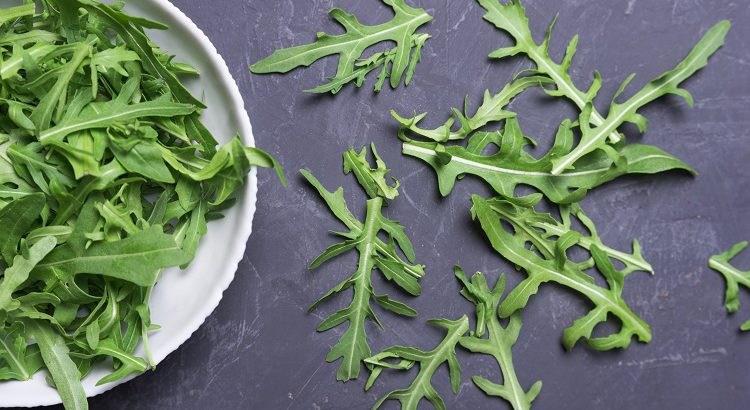
Lemony White Bean Salad
Arugula is a wonderful and flavorful addition to many dishes. It can be used as a topping from everything, from sandwiches to pizza! Or you can enjoy it on its own as a salad like in this recipe. Its lovely black peppery flavor comes from a chemical compound called glucosinolates. Research has found that these compounds, commonly found in plants from the Brassicaceae family (arugula, cabbage, kale, broccoli, cauliflower, Brussels sprouts) may have protective qualities for our heart and brain health.
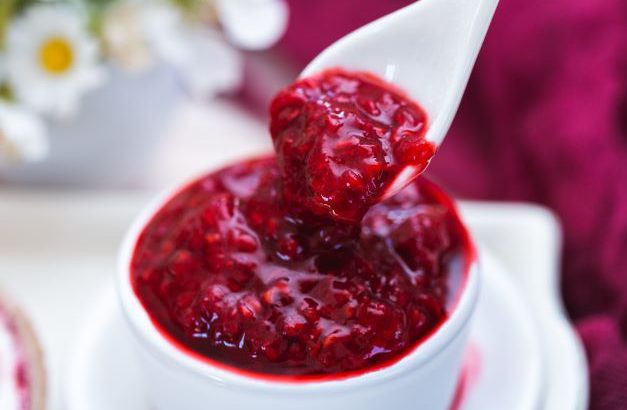
Sweet and Spicy Cherry Chutney
Cherries are delicious on their own, but are you looking for a new and unique way to eat them? Try this tangy topping. Cherry chutney is a great addition to barbecue or spread over some cornbread on the side. Cherries are an excellent source of vitamin A and vitamin C and they’re loaded with antioxidants that help reduce inflammation and help our heart health. This recipe has even greater anti-inflammatory power with ingredients like olive oil and ginger. Cherries are also a natural source of melatonin, and some studies suggest that eating cherries may help you sleep better.
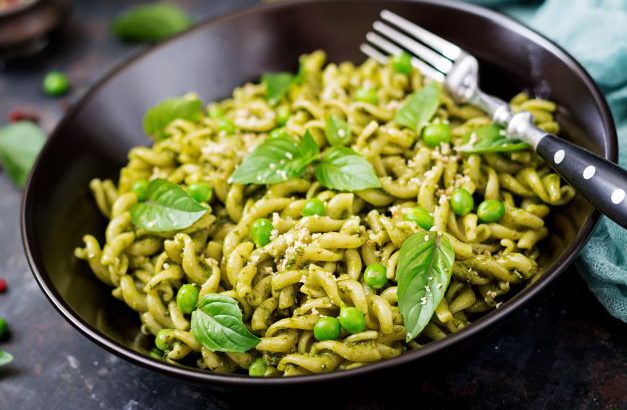
The Best Peas and Pasta
Peas are far more versatile than they’re given credit for. It’s likely you’re used to something like a pile of peas, topped with a little pat of salted butter, rolling away on your plate. But so much more can be done with peas! They can be braised, roasted or pureed into a hummus type dip or a creamy sauce base like this recipe. If you buy whole pea pods, they’re great as a raw snack, sliced and added to salads, or sauteed or even grilled. This recipe features a thick, creamy, garlicy sauce made from pureed peas. Peas are a good plant-based protein high in fiber and they’re an excellent addition to something like pasta. Top this with grilled chicken or shrimp and consider garnishing with some chopped sun-dried tomato to complete the meal.
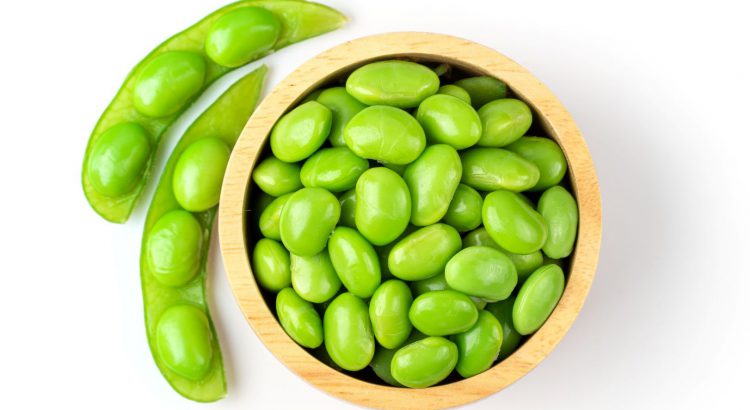
Edamame Salad with Citrus Sesame Dressing
Maybe you’ve heard about the health benefits of soy. It’s a protein-packed nutrition bomb, loaded with flavonoids that may help reduce the incidence of cancers and rich in fiber and other vitamin and minerals. But tofu just sounds really unappealing. Try some edamame! This is the whole soybean, which comes in pods similar to peas, with a firm texture that makes a great addition to salads, pastas, casseroles or even just on its own.
